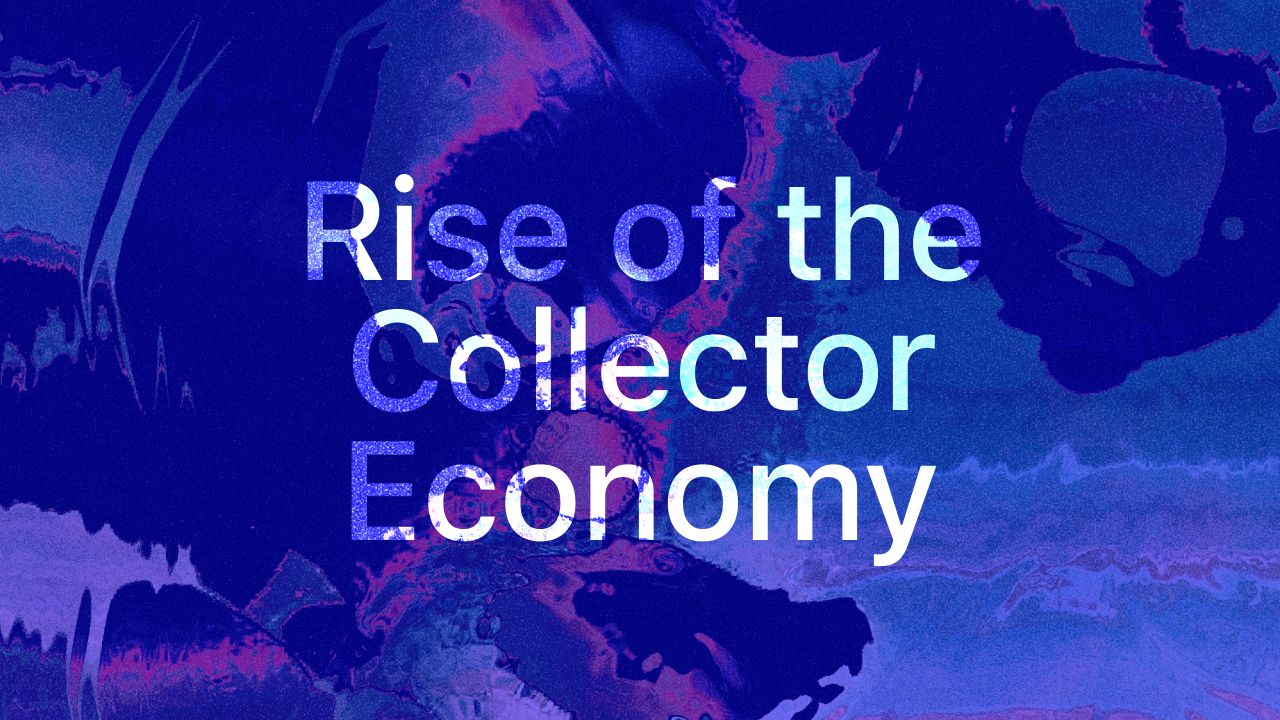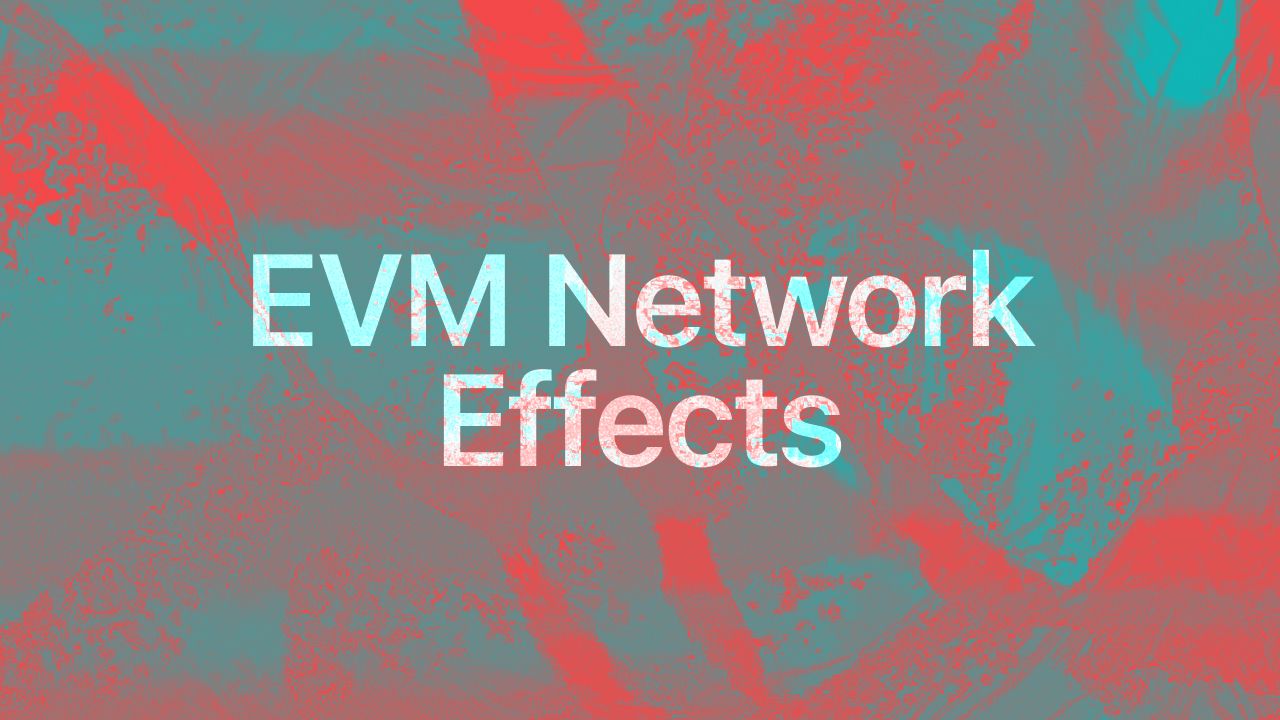How to Launch a Social Token
This is a guest post featuring Coopahtroopa, community at Friends With Benefits - FWB
By Cooper Turley - May 19, 2021
The tokenization of everything is upon us.
What was once a tool reserved for the technically inclined has now evolved into a primitive for any creator, brand or community to leverage to their benefit.
In this guide, we'll offer some basic insights into how to launch a token.
Note: Tokens should never be sold or assigned a financial value. Tokens are a means of assigning ownership in a community and should not be treated as a speculative investment. Please exercise caution when creating a token and consult a professional before launching your own.
1 - Community Hub
Every token needs a home base to rally around.
Prior to ever entertaining a token, creators should build a hub for their members to congregate.
The most common home for communities is Discord, while platforms like Telegram and Geneva are perfectly viable as well.
This is where all important communication will live, and where your growing community is expected to channel their contributions.
2 - Contribution List
Make a list of all the value-added actions members of the community have done to date.
This will act as a snapshot of your existing community, along with the actions and individuals who have been most valuable.
The best contributions are on-chain, making it easy to reward when it comes time to distribute. If the community is new or in it's earliest stages, don't be afraid to reward contributions to other communities as a means of gaining eyeballs.
Here are a few examples of contribution lists from existing projects.
- RAC ($RAC) - Bandcamp, Merch, Patreon, Twitch, $TAPE, $EGO
- Forefront ($FF) - Social token holders (FWB, WHALE, SWAGG, etc.)
- Bankless ($BANK) - Paid subscribers and Gitcoin donors.
- Metafactory ($ROBOT) - Merch and governance.
- DAOhaus ($HAUS) - DAO summoners.
- Uniswap ($UNI) - Product users, liquidity providers, SOCKS holders.
On-chain actions are definitely not required. Contributions lists are simply used to get a holistic picture of which community members will earn tokens for their past contributions.
3 - Issuance Partner
Issuers create (or issue) tokens.
Different issuers have different token models, but they all share the same mission of helping bring tokens to life.
Rally
For non-crypto native communities, Rally offers a web2 friendly ecosystem where users can login with an email and password, connect a Twitch account and purchase tokens with a credit card on stream.
It's home to a vast number of streamers, esports teams and musicians. It offers a Creator Rewards program, allowing creators to earn Rally's native token - RLY - as more members participate in the economy.
Rally is a curated platform, meaning only select creators are eligible to launch tokens (called Creator Coins).
Coinvise
For crypto-native communities, Coinvise offers a platform to create a token on Ethereum mainnet. Coinvise offers support for Polygon - a complementary ecosystem to Ethereum offering virtually free transactions and a bridge to and from mainnet.
Coinvise provides easy distribution tools similar to Disperse - allowing creators to send batched amount of tokens to designated addresses or claimable links for a fixed amount of tokens.
While still in its early stages, Coinvise has partnered with a number of crypto-native communities and offers a Discord bot to make for easy tipping with no gas.
Anyone can create a token on Coinvise with a fixed supply of 10,000,000 tokens by paying the gas fees.
Disclosure: I am an advisor to Rally and an investor in Coinvise.
4 - Web3 Tools
After making a token, it's important to build a strong foundation for the community to grow.
Described below are a common set of tools used by communities for their token economy.
- Collab.Land - Provide token-permissioned access to your Community Hub.
- Gnosis Safe - Create a multisig wallet to custody (or store) tokens.
- Snapshot - Offer governance polls for token-based voting without gas costs.
- Discourse - Set up a forum for the community to present and discuss token improvement proposals.
- Parcel - Track outgoing transactions and costs for treasury management
Note: this list is not exhaustive, and almost all are exclusive to Ethereum mainnet.
5 - Token Distribution
Remember that list we made in Step 2?
After creating a token, it's time to distribute it to the community.
Airdrop
The most common way to first distribute tokens is through a genesis airdrop, meaning past contributors receive tokens relative to their past actions.
Using the above issuance platforms, it's common for creators to distribute between 5-15% of the token supply to past contributors.
To determine how many tokens each community member should receive, use the Contribution List.
Community Treasury
To maintain a supply for future members, it's common to set aside 50-65% to a community treasury. This treasury is actively maintained using a multisig wallet like Gnosis Safe - meaning X amount of Y listed signers (commonly 6 of 9) must approve a transaction for it to be executed.
The treasury is collectively owned by the community - distributed through governance proposals using voting tools like Snapshot.
Team
Last but not least, the team and core contributors commonly receive the remainder of tokens. 15-25% is the running standard, and these tokens are expected to be vested - or locked - for 1-3 years to encourage long-term commitment to the project.
Vesting can either be socially enforced or encoding using smart contracts. It's common for team tokens to be held in a different wallet(s) from the community treasury and for a portion of team tokens to be reserved for future contributors similar to an options pool.
Hello World
It's at this stage you'll want to share how the token is being distributed, and provide a transparent explainer of how that conclusion was reached.
This is where you'll share the mission and goal of the token, what actions granted users an airdrop allocation, and how to claim tokens to get involved.
The most common use-case are access and governance. Don't overthink how the token is used, focus on community ownership and the 1-2 key areas empowered through this new vehicle.
Hello World posts are your chance to make a statement, and are most commonly released as a blog post accompanied by a Tweet storm.
Let the Games Begin
Launching a token is one small step toward building a Creator Economy.
While the above list may seem extensive, it's the start of an ongoing journey to field, listen and implement requests from the community to make a token more robust.
Expect many community members to be confused at first, and plan to create educational resources for onboarding, claiming and utility.
If you've made it this far, you're in the top 0.01% of creators who dared to try their hand at tokenization.
It's early, so it's going to be bumpy.
Rest assured, when done right - you'll never work on anything you don't absolutely love again.

